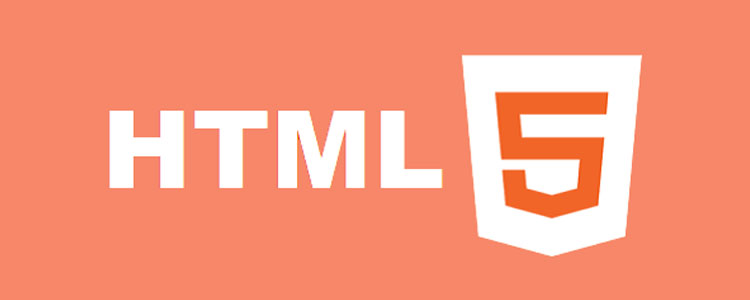What is the Apache HTTP Server?
The Apache web server also called Hypertext Transfer Protocol (HTTP) web server. The Apache HTTP server is the world’s industry-leading web server software that is provided by the open source community. Open source means the original source code is freely available and open for collaboration. Since many thousands have contributed code contributions to the development of Apache web server, there’s a robust ecosystem for web administrators to choose from to tweak their server setups. Apache is well supported and has many add-on modules available for further expansion. Apache is Open Source Because there is an entire community behind it, Apache security vulnerabilities tend to be fixed quickly. It’s open source roots help it to quickly respond to any security exploits. The fact that it comes from a non-profit creates another attractive feature helping to spur wide adoption for the server package. Because there’s nobody to pay money to when installing Apache (it’s a free piece of software), Apache is an extremely popular choice for web administrators. There’s an active development community surrounding Apache and other open source software. This means you can download and install many add-ons called modules to extend just about any functionality you want to have with your Apache server. Apache owes much of its adoption due to its highly modular system. Being modular means that functionality can be easily added to the core Apache application using modules that add the desired functionality. Some of these modules include Memcache, Cloudflare, and the Zend framework. Apache also has many hooks for programming languages like PHP to latch onto. It can even scale up using multiple servers to handle large amounts of web traffic. How Apache Fits into Linux When someone says they want to install a LAMP stack, that means they want to install Linux, Apache, MySQL, and PHP. These get installed as packages through your Linux distribution’s package manager. For example, if you’re using Ubuntu (a Debian derivative), you’d use apt get to install your various software packages. Apache configuration relies heavily on static text files. If you don’t like working with text files for your configuring your Linux software packages, frontend GUIs are available for the Apache software module. Apache Serves Web Pages Apache is at its heart a web server used to conjure up web pages as they’re requested by visitors. By using virtual hosts, you can serve more than one website. You’d just create symbolic links (known as aliases) to your virtual sites that sit in virtual directories. Each site has its own unique set of configuration files, which includes .htaccess files and separate vhost configuration files. This allows each of your virtual hosts to run its own unique web-facing software. Some examples of popular software running on top of Apache include Joomla, WordPress, Drupal, and PHP Gallery. Apache can also serve many different kinds of content without breaking a sweat. It scales well, ranging from small static sites with only a few requests per hour to large web applications serving thousands (or even…




